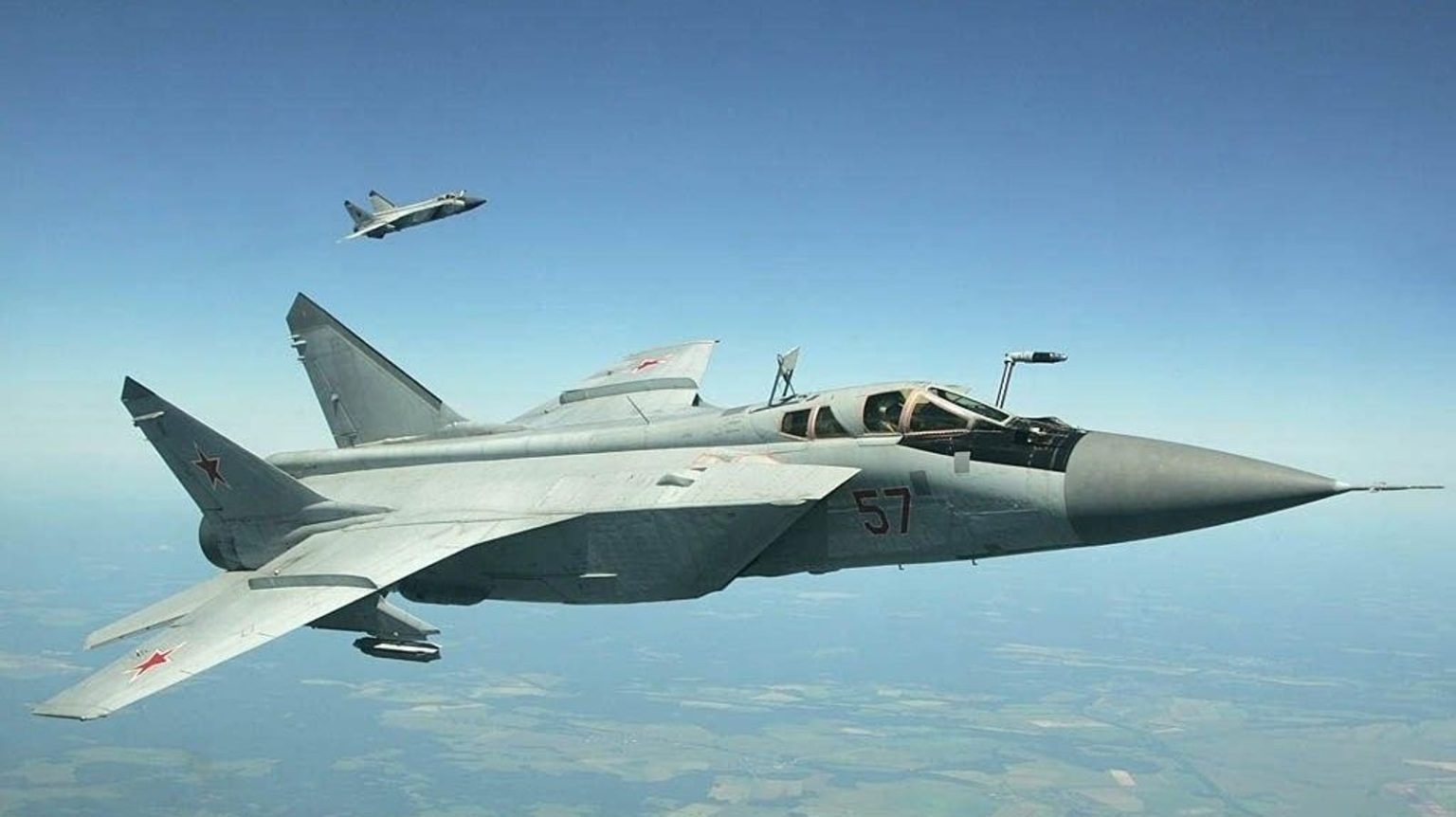The United States began sending fresh consignments of Army Tactical Missile System rockets to Ukraine in April, signaling to Russian commanders that a new wave of attacks was imminent. Ukraine had previously used ATACMS rockets to target Russian helicopters and air-defense batteries near the front line. With the arrival of over 100 newly-shipped ATACMS rockets, the Russian air force and navy strategically redeployed some of their warplanes to bases beyond the reach of these precision-guided missiles, which have a range of 100 to 190 miles.
Despite the redeployment of some jets, Ukraine’s ATACMS batteries targeted Mikoyan MiG-31 interceptors and Sukhoi Su-27 fighters at Belbek air base in Russian-occupied Crimea, resulting in the destruction of air-defense equipment, damage to several aircraft, and the loss of seven Russian troops. The raid demonstrated the effectiveness of the ATACMS rockets in targeting high-value military assets and wreaking havoc on Russian defenses. The aftermath of the attack left a gap in Russian defenses in Crimea, making future Ukrainian raids easier until Russian forces can reorganize their air defense network.
The presence of R-37 radar-guided missiles on MiG-31 interceptors in Crimea has forced Ukrainian pilots to fly lower to avoid detection, limiting their radar capabilities and missile range. The loss of any MiG-31 aircraft by the Russians would make the skies over Ukraine safer for Ukrainian pilots, as the long-range capabilities of these planes pose a significant threat to Ukrainian air operations. Despite the Russian air force’s efforts to relocate some MiG-31s to safer locations away from the front line, all of Crimea remains within range of the ATACMS rockets, presenting a continued risk to Russian air assets in the region.
The potential loss of MiG-31 interceptors to Ukrainian ATACMS attacks has raised concerns for the Russian air force, which takes precautions to preserve these valuable aircraft. The Russian military’s need to maintain around-the-clock air defense patrols over Crimea with R-37-armed MiGs may necessitate basing at least a small number of these aircraft on the peninsula, despite the risk posed by the ATACMS rockets. Ukrainian planners are hopeful that confirmed hits on MiG-31 aircraft will further weaken Russian air defenses and pave the way for safer air operations over Ukraine.
The conflict between Ukraine and Russia continues to escalate in the skies, with the use of advanced missile systems and strategic targeting impacting both sides. The effective use of ATACMS rockets by Ukraine has proven to be a significant threat to Russian air assets, forcing the Russian military to reassess its defensive strategies and risk exposures. As both sides adapt to changing circumstances and new technologies, the outcome of future aerial engagements remains uncertain, with further developments likely to shape the course of the conflict in the region.


